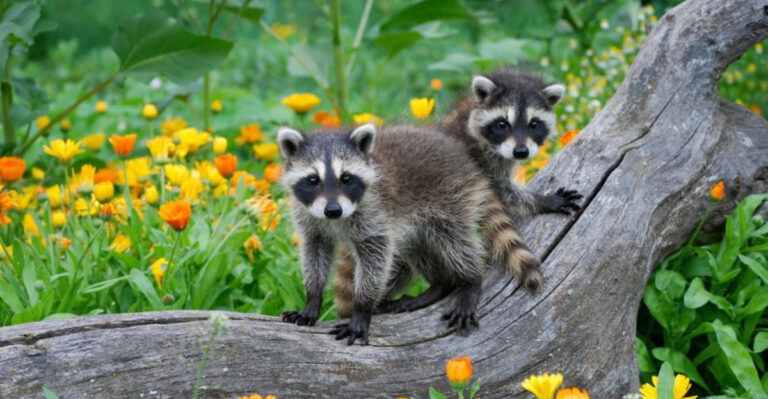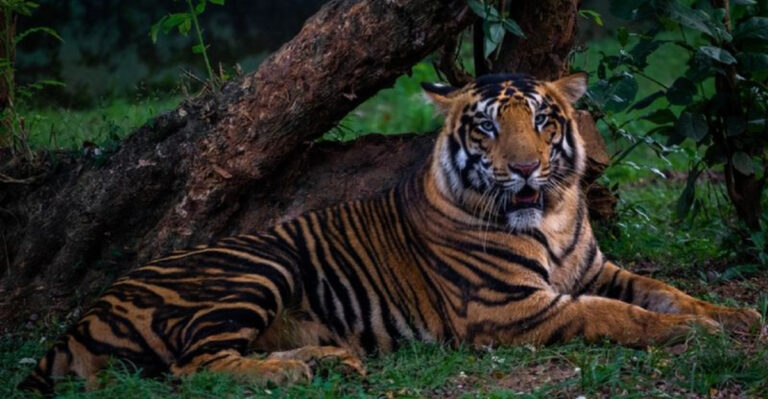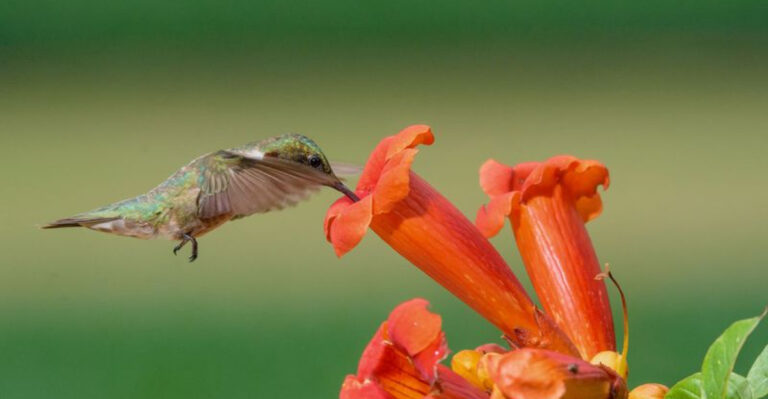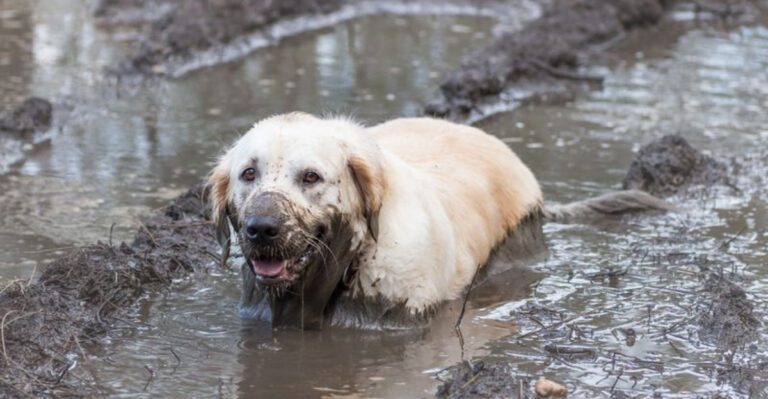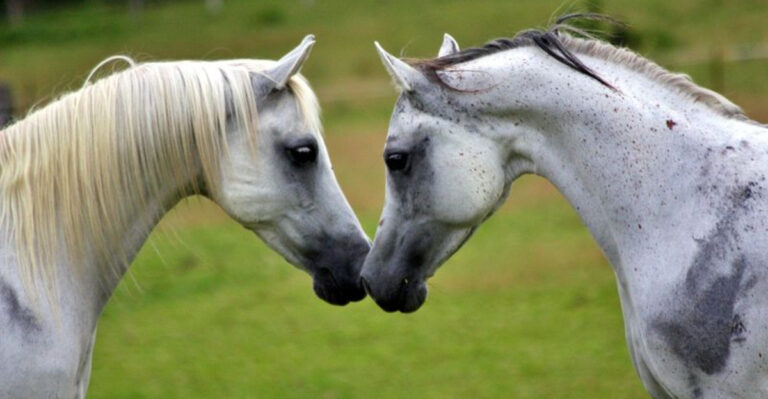8 Dangers Spring Brings To Cats (And 9 Joys To Look Forward To)
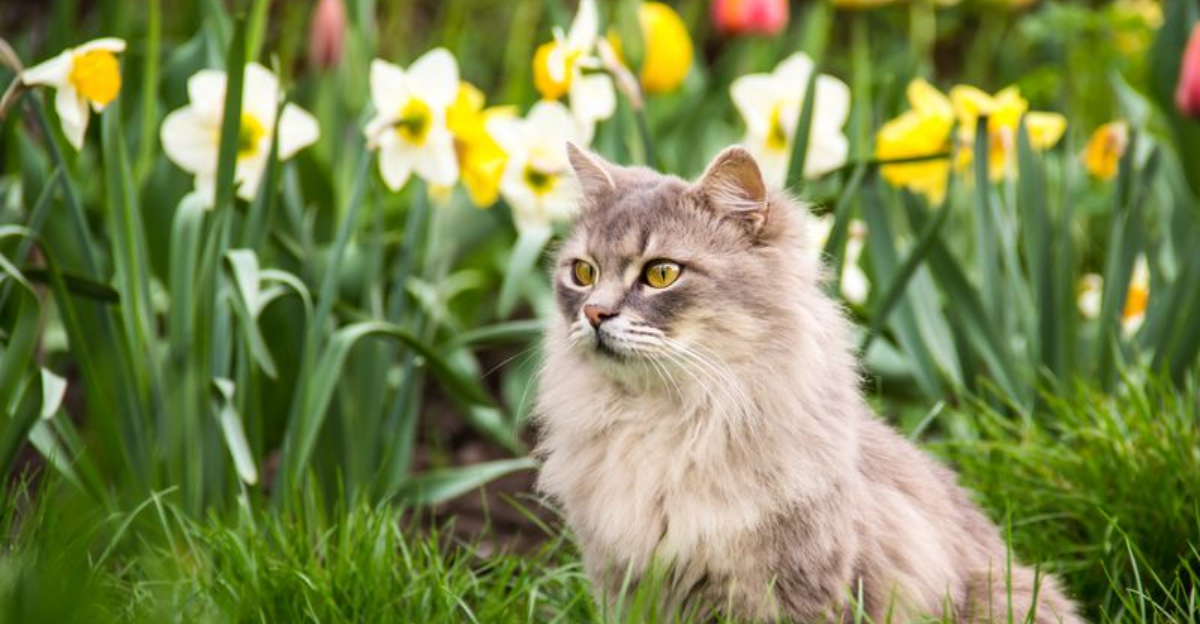
Spring brings a world of change for our feline friends, transforming their environment in ways both wonderful and potentially hazardous.
As flowers bloom and temperatures rise, cats encounter new opportunities for adventure alongside hidden risks that careful pet owners should recognize.
Understanding these springtime joys and dangers helps us keep our curious companions safe while allowing them to experience the season’s delights.
1. Seasonal Parasite Explosion
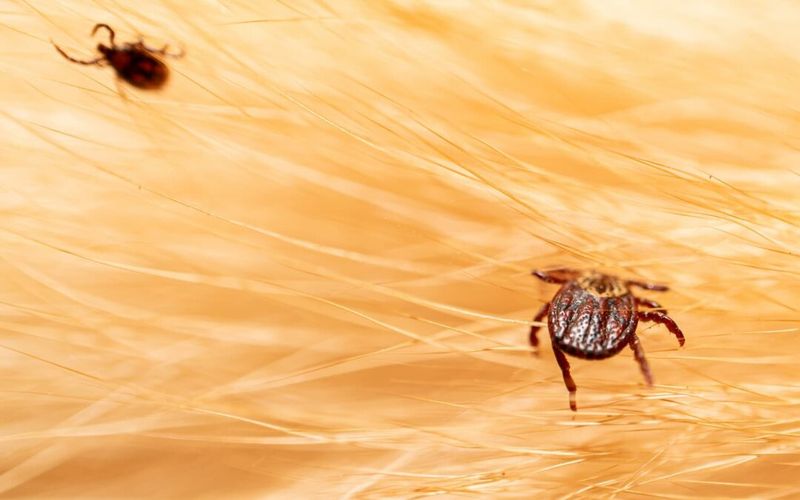
Fleas, ticks, and mosquitoes multiply rapidly as temperatures climb, turning your cat into a walking buffet. These tiny terrors don’t just cause itching—they transmit serious diseases like feline infectious anemia or heartworm.
Monthly preventative treatments become essential armor in this microscopic battle. Consult your vet about combination products that address multiple threats simultaneously.
Regular grooming sessions help you spot invaders early while strengthening your bond. A fine-toothed comb reveals hitchhikers before they establish colonies in your home.
2. Fertilizer And Chemical Hazards
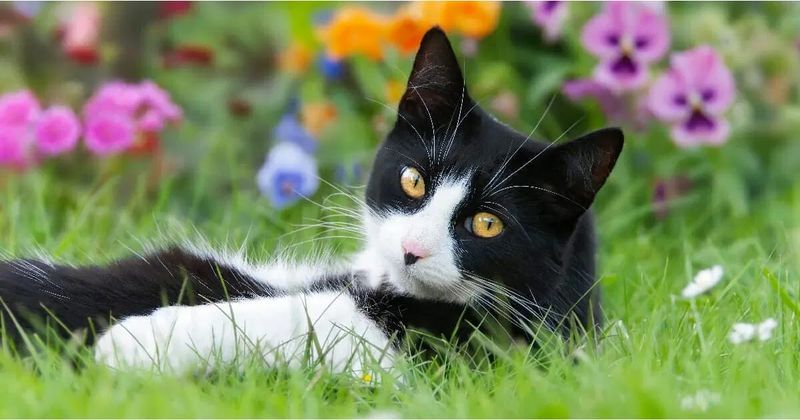
Spring lawn care introduces dangerous chemicals to your cat’s territory. Fertilizers, herbicides, and pesticides leave residues on grass where cats walk, then groom toxins directly into their systems.
Paw licking after outdoor adventures can lead to chemical ingestion. Symptoms range from drooling and vomiting to seizures in severe cases.
Always follow product safety instructions, keeping cats away from treated areas until completely dry. Better yet, investigate pet-safe alternatives like corn gluten meal for weed prevention or diatomaceous earth for pest control.
3. Open Window Dangers
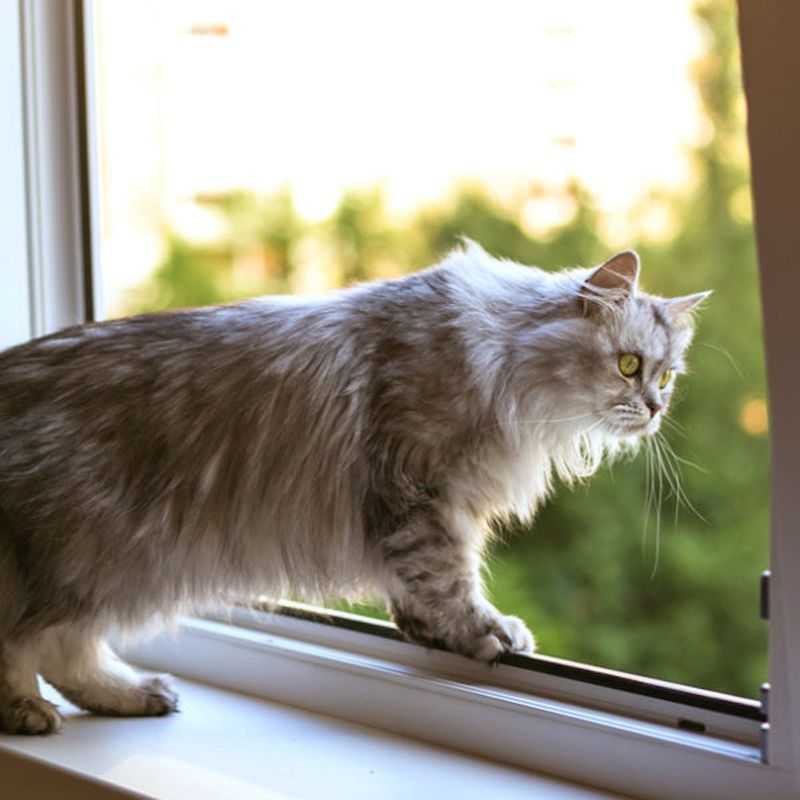
Fresh spring breezes beckon through open windows, creating irresistible perches for curious cats. Without proper screens, these openings transform into dangerous launch points for unexpected falls.
Even agile felines can misjudge distances or lose balance when distracted by outdoor movement. The resulting injuries—broken bones, internal trauma, or worse—happen in heartbreaking seconds.
Install sturdy screens with pet-resistant mesh in every window. Consider creating designated “catio” spaces where cats safely experience outdoor sensations without risks. These simple precautions prevent devastating accidents.
4. Spring Cleaning Toxins
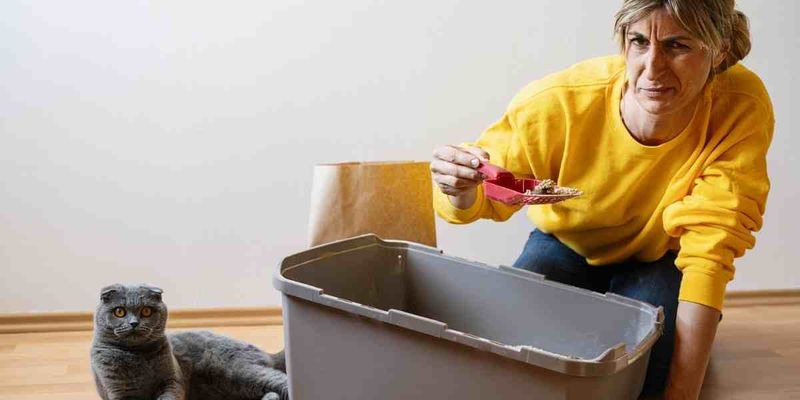
Annual deep cleaning introduces caustic chemicals that threaten feline health. Products containing ammonia, bleach, or phenols leave residues on surfaces where cats walk, then transfer to delicate paw pads and fur.
Cleaning sprays create airborne particles that irritate sensitive respiratory systems. Cats with asthma face particular danger from these invisible assailants.
Seek pet-safe cleaning alternatives like vinegar solutions or enzymatic cleaners. Keep cats sequestered in clean rooms until recently-treated surfaces dry completely. These simple steps prevent accidental poisoning during your spring refreshment ritual.
5. Increased Traffic Risks
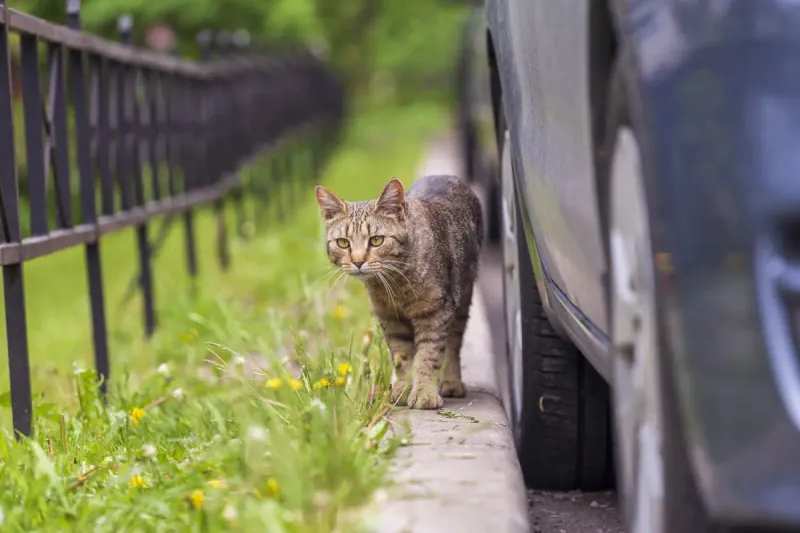
Warmer days draw both cats and cars outdoors in greater numbers. This seasonal convergence creates heightened danger for outdoor-roaming felines, especially those accustomed to winter’s quieter streets.
Drivers enjoying open windows and louder music may notice animals too late. Meanwhile, cats distracted by spring scents and activities may make uncharacteristically poor judgments near roadways.
Consider supervised outdoor time using harnesses or enclosed spaces during busy hours. If your cat roams freely, reflective collars increase visibility, while establishing regular feeding schedules encourages homeward returns before peak traffic times.
6. Allergic Reactions Bloom
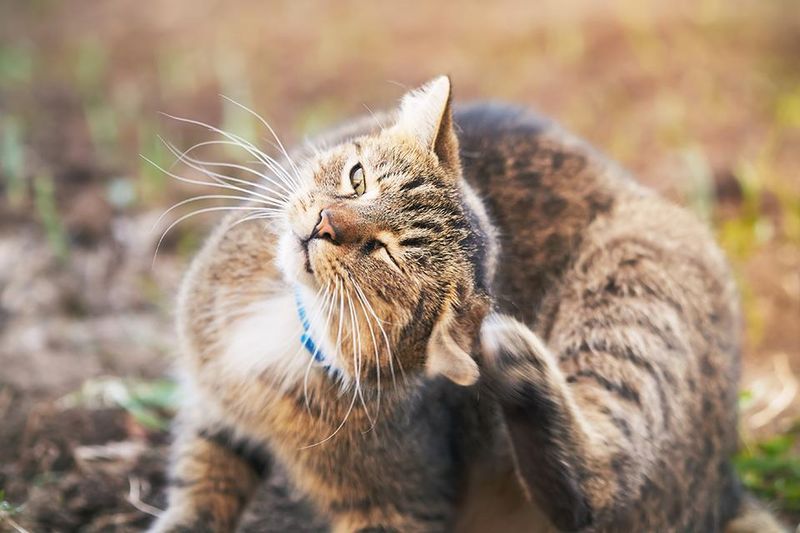
Pollen clouds and flowering plants trigger seasonal allergies in sensitive cats. Unlike humans who sneeze and sniffle, felines often manifest allergic reactions through skin irritation, excessive grooming, or respiratory distress.
Watch for telltale signs: increased scratching, reddened skin, hair loss, or labored breathing. Some cats develop chin acne or ear infections as secondary complications.
Regular bathing with fragrance-free shampoo helps remove allergens from fur. HEPA filters purify indoor air, while wiping paws after outdoor excursions prevents tracking irritants inside. Severe cases may require veterinary intervention with antihistamines or steroids.
7. Easter Holiday Hazards
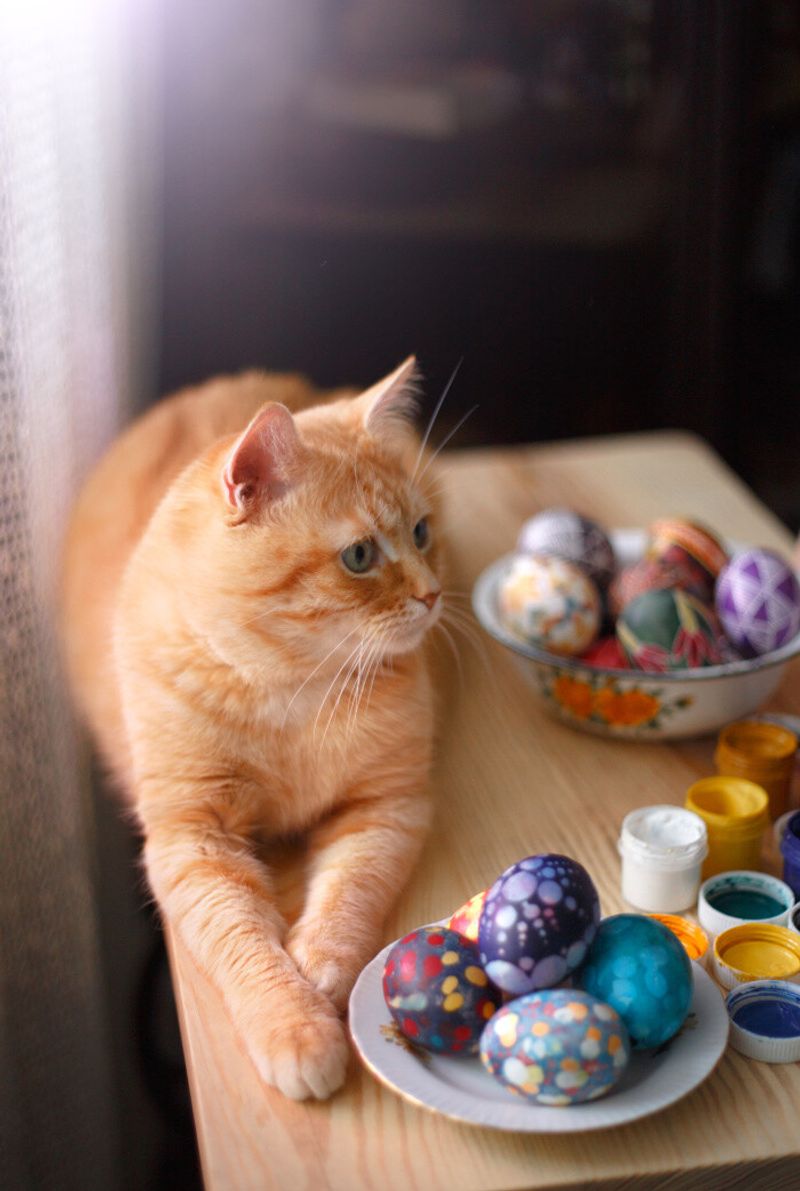
Easter celebrations introduce chocolate, Easter lilies, and plastic grass that pose serious dangers to investigating cats. Chocolate contains theobromine, which cats metabolize poorly, potentially causing seizures or heart failure.
Easter lilies rank among the most lethal plants, capable of causing kidney failure from minimal contact. Meanwhile, plastic basket grass creates intestinal blockages when swallowed during play.
Store treats in sealed containers and choose pet-safe decorations instead. Consider cat-friendly Easter baskets filled with catnip toys or treats specifically formulated for feline enjoyment. These simple swaps maintain holiday spirit while protecting curious companions.
8. Toxic Spring Flowers
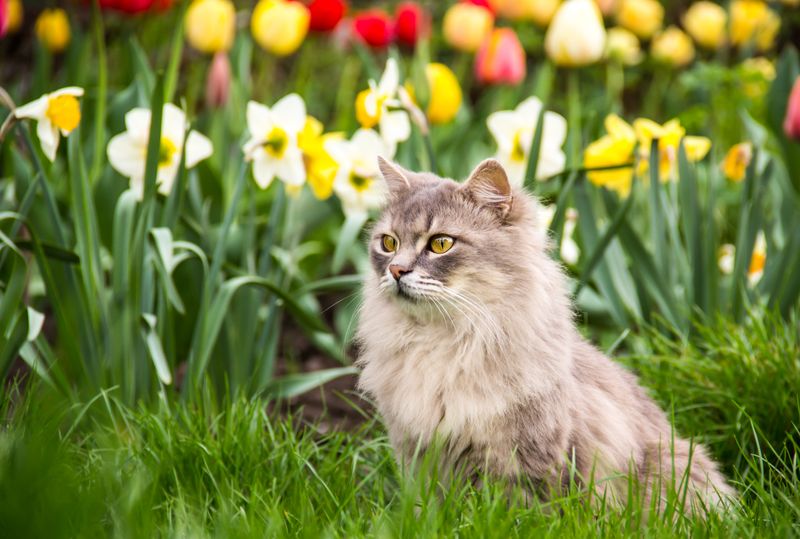
Lilies, tulips, and daffodils may brighten your garden, but they pose serious threats to curious cats. Even small amounts of lily pollen can cause kidney failure, while tulip and daffodil bulbs contain compounds that irritate feline digestive systems.
Cat owners should banish these plants from indoor arrangements and supervise outdoor adventures. Consider creating cat-safe garden zones with pet-friendly alternatives like sunflowers, zinnias, or roses.
When symptoms appear—vomiting, lethargy, or loss of appetite—immediate veterinary care becomes crucial. Prevention remains your best strategy against plant poisoning.
9. Sunbeam Napping Spots
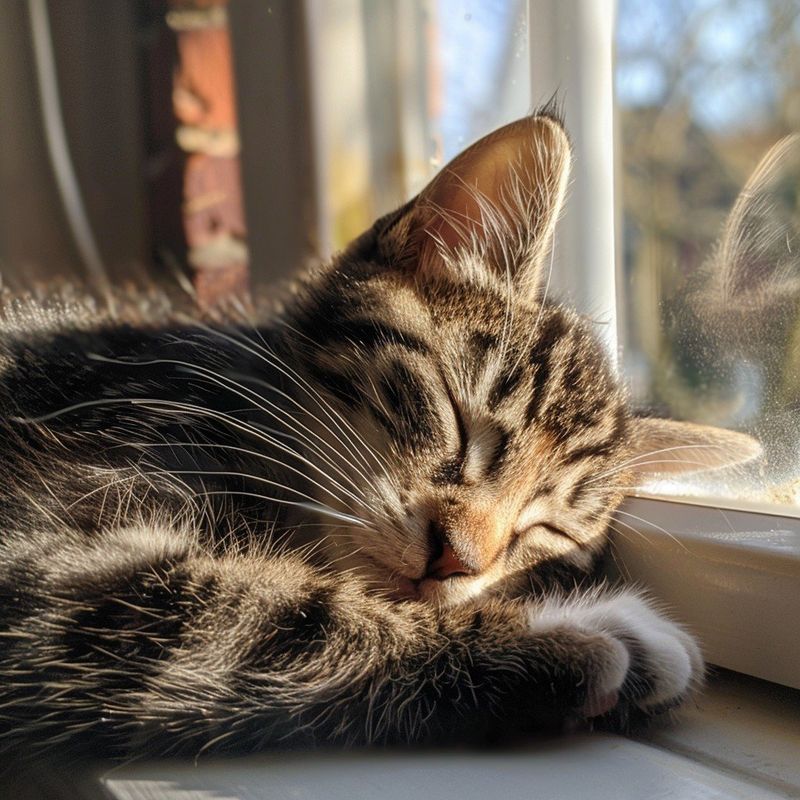
Spring sunshine creates magical warming zones that transform into feline paradise. Cats instinctively seek these natural heating pads, following sun patterns across floors and furniture throughout the day.
These golden patches provide more than comfort—they support vitamin D production and natural circadian rhythms. Watch your cat’s clever migrations as they track solar movement with astronomical precision.
Enhance these special spots by placing soft blankets in favorite sunning locations. The simple joy of observing your content companion basking in warmth offers its own reward, a meditation on perfect contentment available through your window.
10. Bird-Watching Entertainment
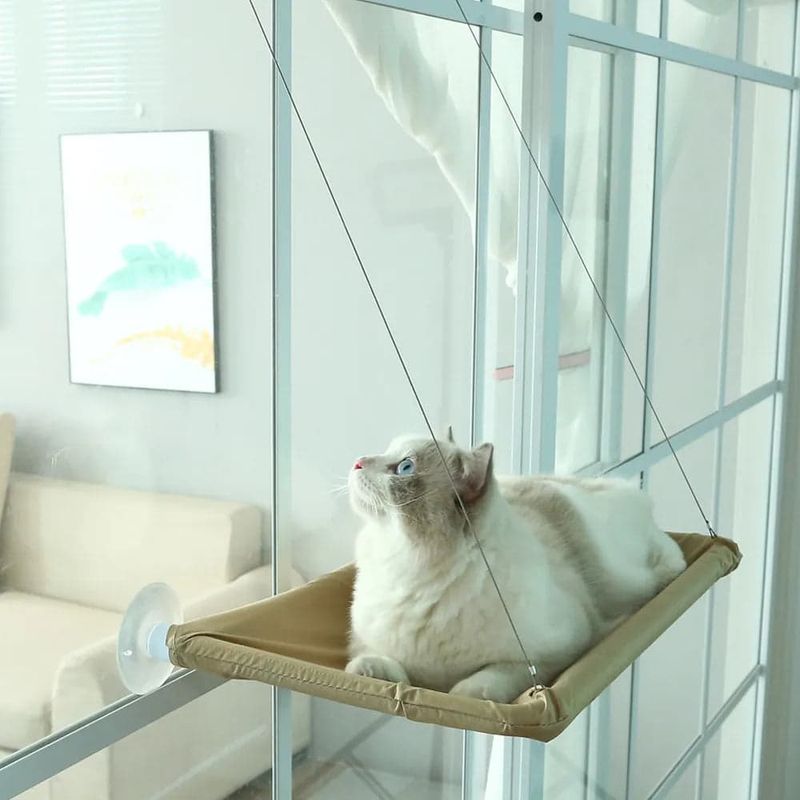
Spring migration brings winged visitors that transform windows into feline entertainment centers. Cats spend hours chirping, tail-twitching, and tracking aerial acrobatics with laser-focused attention.
This natural enrichment stimulates hunting instincts while providing mental exercise. Even indoor cats benefit from this visual feast that combats boredom and encourages activity.
Enhance the experience by installing window perches that offer comfortable observation posts. Consider setting up bird feeders visible from favorite resting spots—just ensure they’re positioned to prevent successful hunting if your cat has outdoor access. This seasonal theater provides hours of engagement.
11. Fresh Catnip Harvests
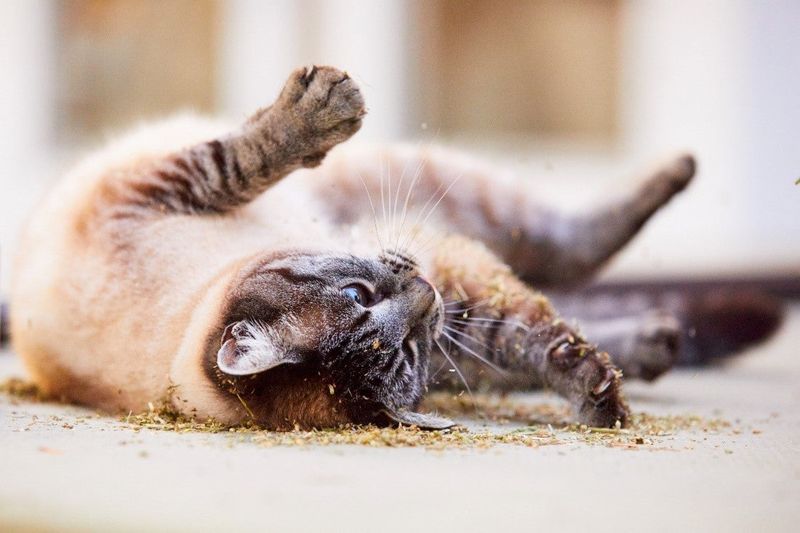
Spring warmth awakens dormant catnip plants, producing fresh leaves with potent effects on feline friends. Unlike dried commercial varieties, newly harvested catnip contains maximum levels of nepetalactone—the compound responsible for those hilarious reactions.
Growing your own patch provides sustainable access to this natural treat. Most cats experience 10-15 minutes of euphoria followed by a period of relaxation.
Beyond entertainment value, catnip offers stress-reduction benefits and encourages exercise through playful responses. Approximately 70% of cats respond positively to this herb, with sensitivity determined by genetics. Non-responders may enjoy alternatives like silver vine or valerian.
12. Screened Porch Paradise
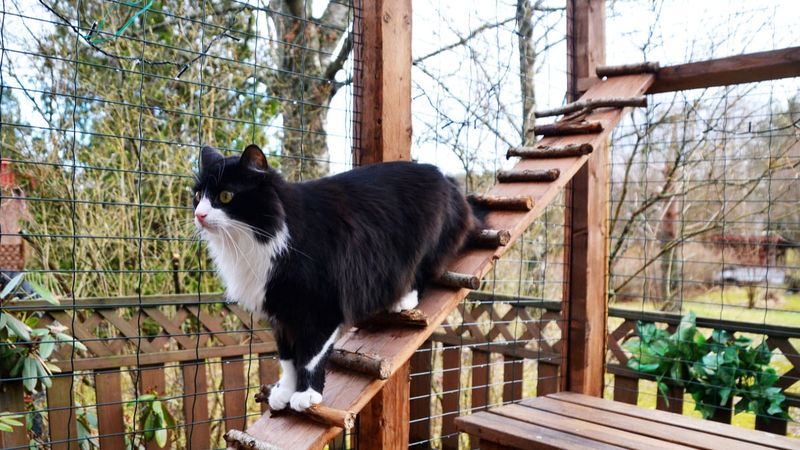
Screened porches become seasonal extensions of your cat’s territory, offering safe outdoor experiences without full exposure to dangers. These transitional spaces provide stimulating sensory input—fresh breezes, nature sounds, and tantalizing scents—while maintaining protective boundaries.
Cats benefit from increased environmental enrichment without risking traffic encounters or predator confrontations. The resulting mental stimulation reduces destructive indoor behaviors born from boredom.
Enhance these spaces with climbing shelves, comfortable beds positioned for optimal viewing, and potted cat-safe grasses for nibbling. This controlled adventure zone satisfies outdoor cravings while keeping your companion secure.
13. Warm Weather Playtime
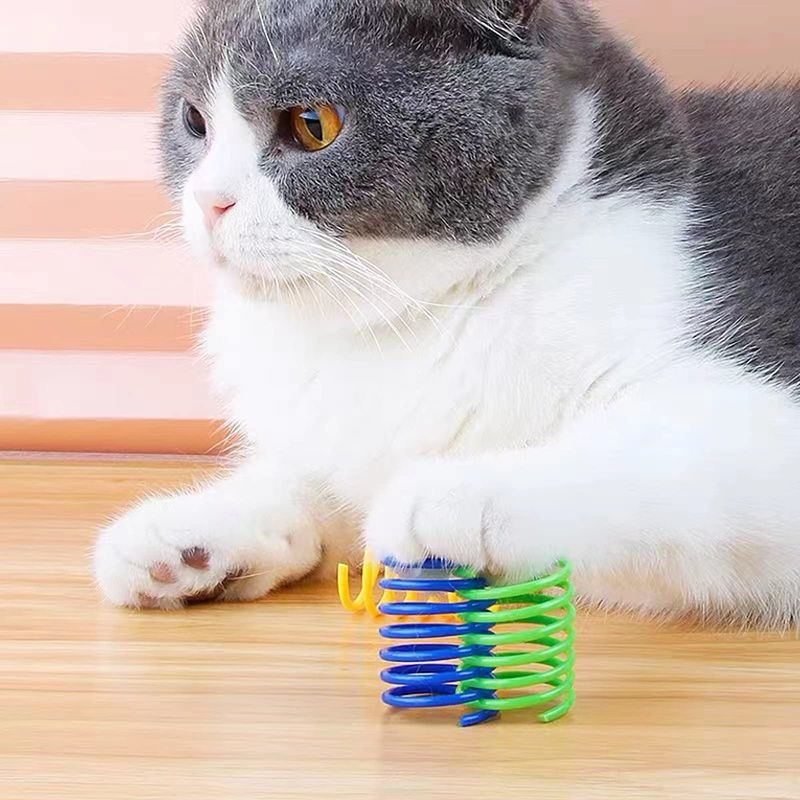
Rising temperatures energize previously sluggish winter cats, sparking playful behavior that strengthens your bond. This seasonal energy surge creates perfect opportunities for interactive games that satisfy natural hunting instincts.
Wand toys mimicking fluttering insects or darting prey trigger athletic leaps and mid-air twists. These play sessions provide crucial exercise that prevents obesity while maintaining muscle tone.
Schedule regular playtimes during dawn and dusk when natural activity peaks. The resulting physical and mental stimulation improves sleep quality and reduces anxiety behaviors. Watch for your cat’s specific preferences—some prefer ground-based “prey” while others target aerial challenges.
14. Open-Air Grooming Sessions
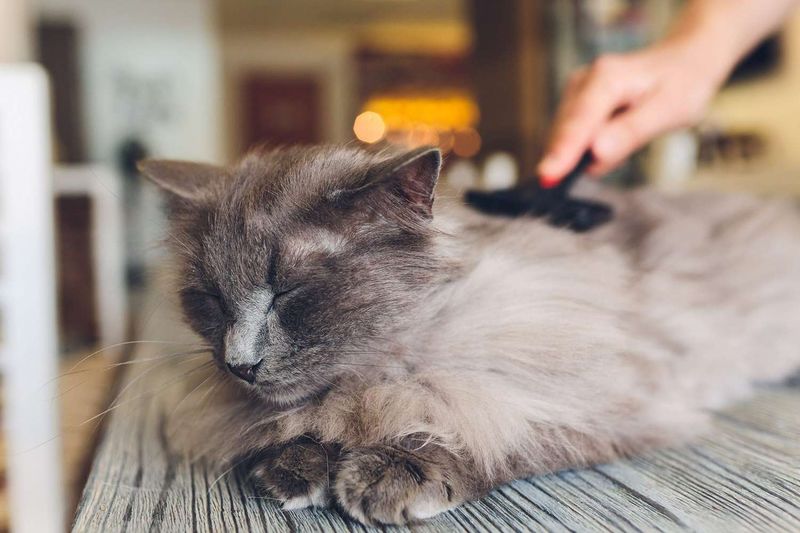
Spring shedding transforms your cat into a fur-production factory as winter coats release. Outdoor grooming sessions turn this potential household mess into garden fertilizer while strengthening your bond through physical contact.
Gentle brushing under dappled shade becomes a meditative ritual for both participants. Your cat receives skin stimulation that increases circulation while you collect impressive quantities of fur before it decorates furniture.
Different coat types require specific tools—slicker brushes for long-haired breeds, rubber curry combs for short coats. The resulting sleek appearance and reduced hairball incidents benefit everyone. Plus, birds appreciate discarded fur for nest-building materials.
15. Grass-Nibbling Nutrition
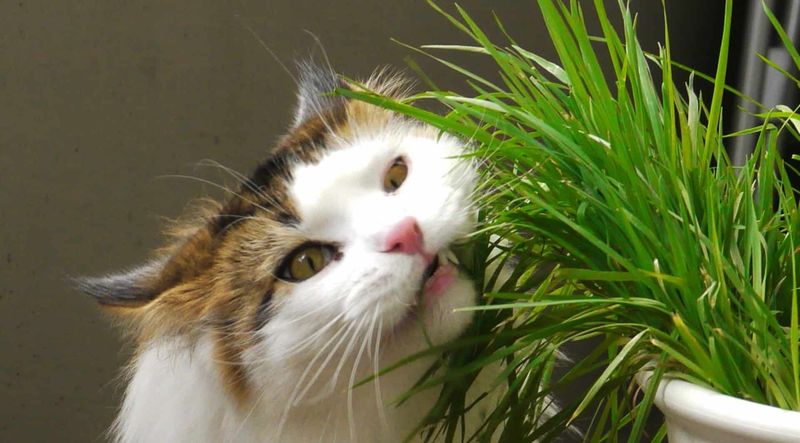
Spring grass provides natural digestive support for cats through fresh chlorophyll and fiber. This seasonal treat helps cats eliminate hairballs while satisfying instinctive cravings for plant material.
Fresh grass offers trace minerals often missing from commercial diets. The natural chewing action also supports dental health by reducing tartar buildup along gumlines.
Grow dedicated cat grass trays using wheat, oat, or barley seeds for safe indoor options. These controlled alternatives prevent accidental ingestion of lawn chemicals or toxic outdoor plants. Most cats self-regulate their grass consumption, taking only what their systems require.
16. Butterfly Chase Adventures
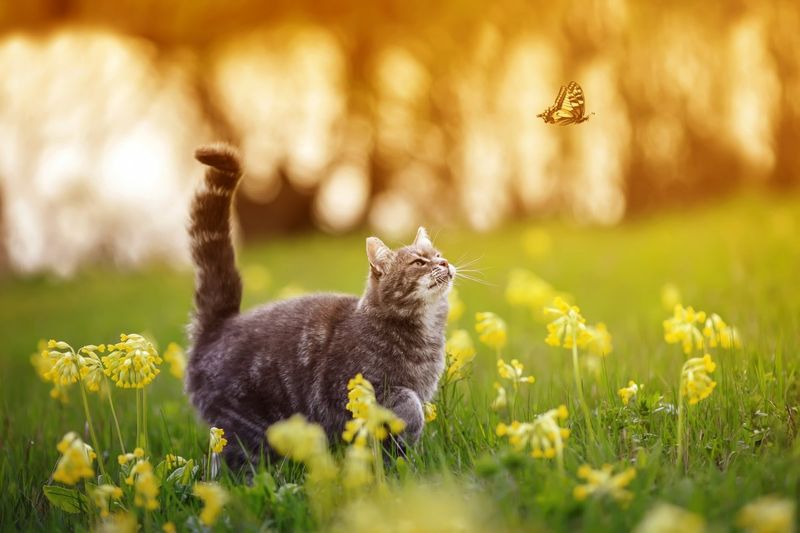
Spring butterflies trigger irresistible hunting behaviors in even the most dignified cats. These fluttering visitors inspire comical vertical leaps and chattering vocalizations as predatory instincts activate.
The unpredictable flight patterns provide natural exercise far more engaging than any manufactured toy. Watching your normally graceful companion transform into an acrobatic goofball offers priceless entertainment.
Most butterflies remain safely beyond paw reach, creating perfect frustration-free hunting practice. This natural enrichment stimulates mental faculties while satisfying primal drives. The resulting exercise helps maintain healthy weight and muscle tone during spring’s active season.
17. Longer Daylight Cuddles
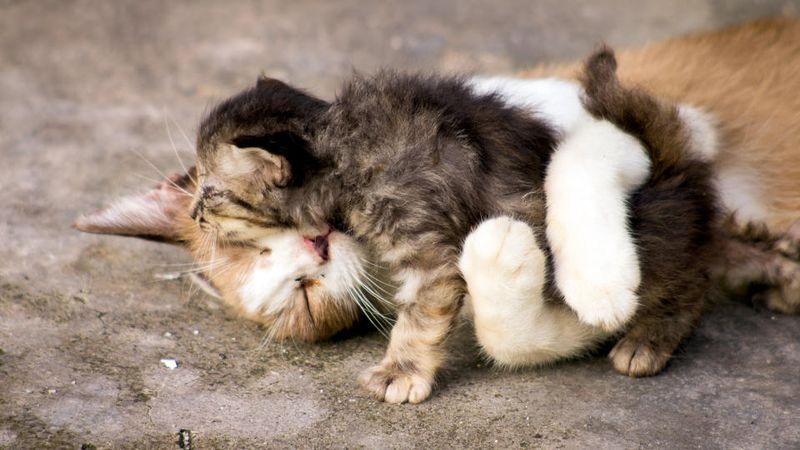
Extended spring evenings create perfect conditions for extended cuddle sessions as natural light lingers. These precious moments of connection benefit both human and feline through mutual oxytocin release—the bonding hormone that reduces stress.
Cats particularly enjoy these twilight interactions when their natural activity cycles align with human availability. The gentle purring vibrations provide documented health benefits, including lower blood pressure and reduced anxiety.
Create dedicated cuddling spots near windows where you can share sunset views together. The resulting routine becomes a cherished transition between day and evening, strengthening your special relationship through consistent, peaceful contact.

